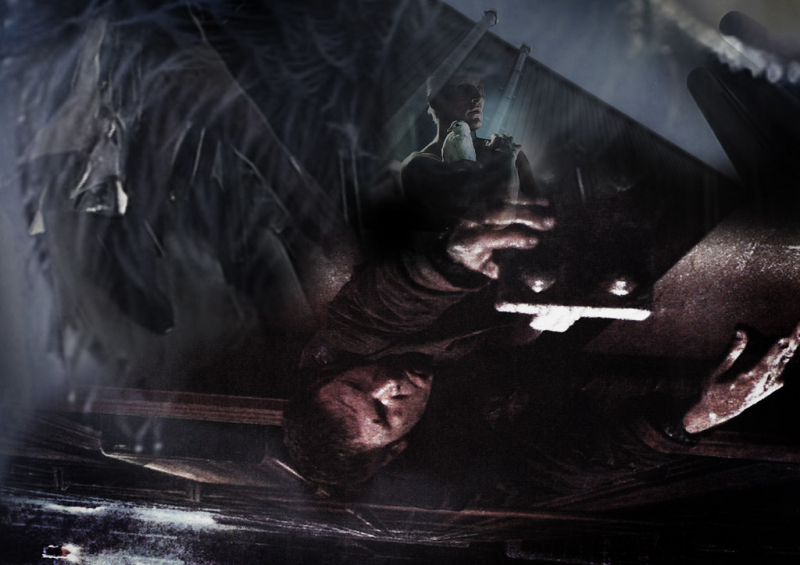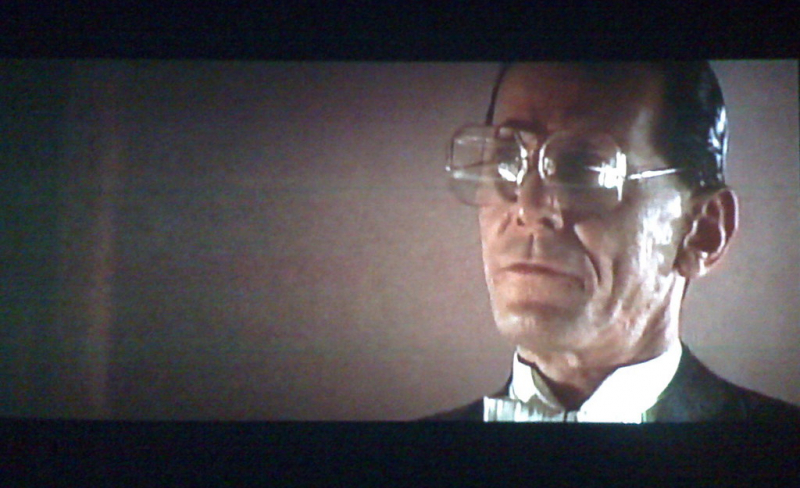Blade Runner
In a dystopian future, "Blade Runner" (1982), directed by Ridley Scott, presents a story set in a decaying Los Angeles. The plot follows Rick Deckard, a retired police officer known as a Blade Runner, who is tasked with hunting down and "retiring" rogue androids called replicants. As Deckard delves deeper into his mission, he becomes entangled in a complex web of deception, identity, and what it truly means to be human.
The film's exploration of what it means to be human goes beyond the surface, delving deep into the existential questions that arise when creating beings so similar to us. It challenges our preconceptions and moral compass by presenting replicants who yearn for freedom, love, and a longer lifespan. This introspective journey forces us to confront our own beliefs and biases, questioning the essence of humanity and the potential consequences of tampering with life itself.
Visually, "Blade Runner" is a mesmerizing work of art. Its dystopian setting, characterized by towering neon-lit buildings, perpetually drenched streets, and the fusion of different cultures, creates an immersive and distinctive atmosphere. Ridley Scott's expert use of cinematography, with its evocative lighting, intricate framing, and meticulous attention to detail, elevates the film into a visual tour de force. All the practical effects and miniatures seamlessly blend with the film's themes, capturing the gritty essence of this dark future and allowing viewers to feel the weight of its world.
The cinematography not only establishes the film's aesthetic but also serves as a powerful storytelling tool. Throughout the film, the juxtaposition of cold, sterile environments with warm, intimate moments highlights the dichotomy between the artificial and the authentic, underscoring the fragile line between humans and replicants.
Release: 1982
Stars: Harrison Ford, Rutger Hauer, Sean Young
Rotten Tomatoes Score: 89%







